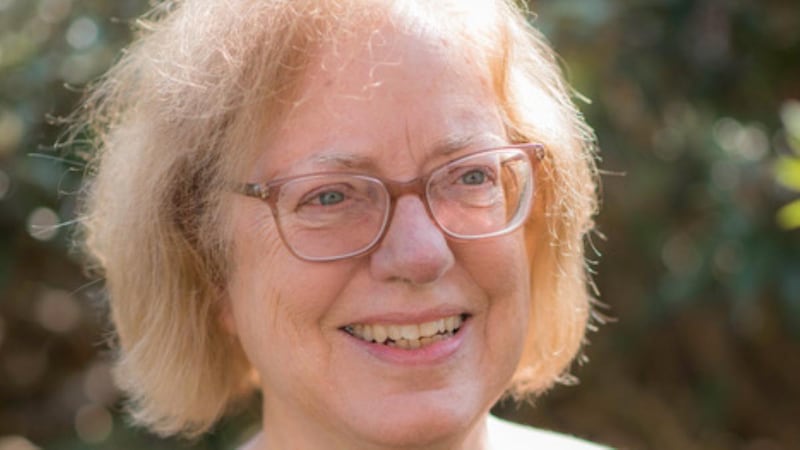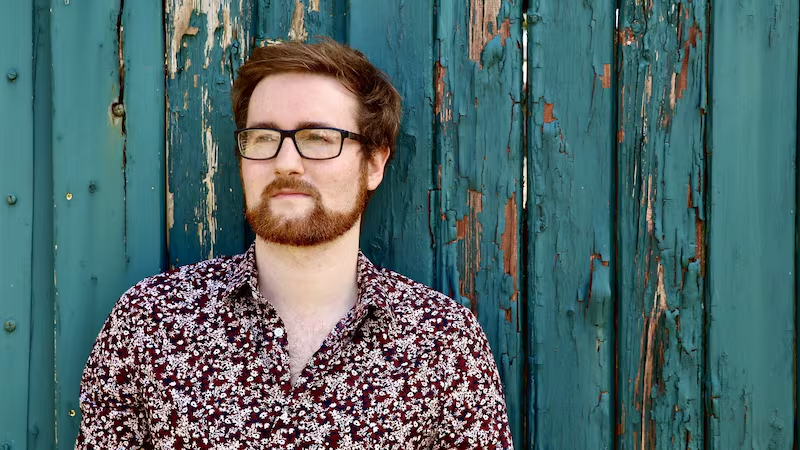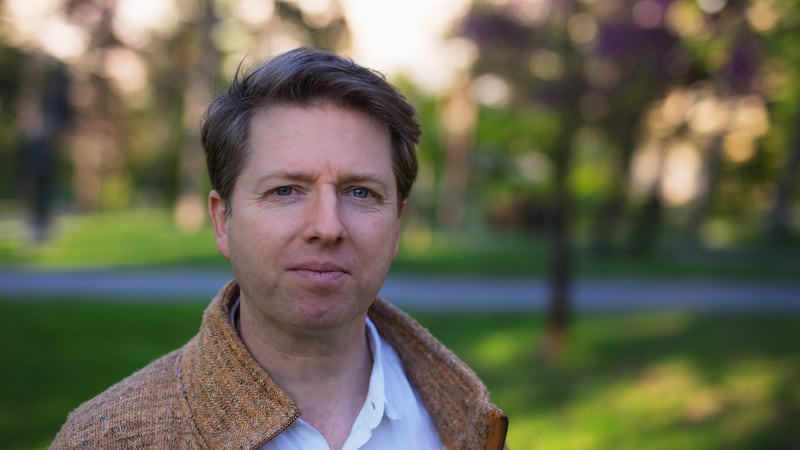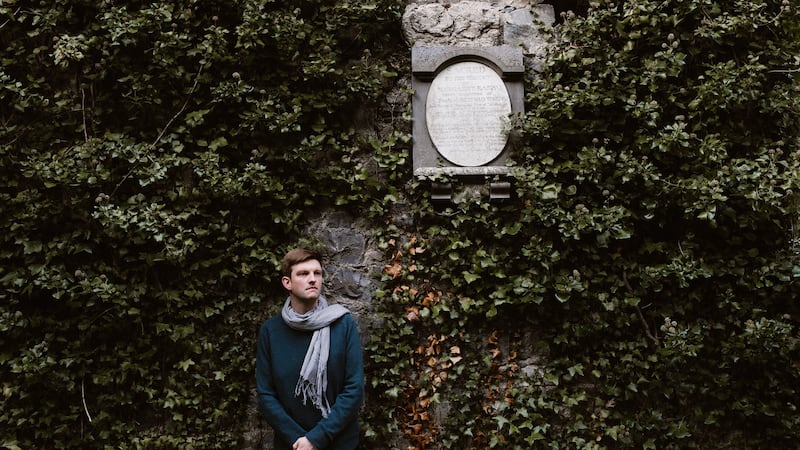The National Concert Hall's After Beethoven Series is a legacy of lockdown. The five composer-curated concerts, each with a specially commissioned new work, were planned for 2020 as part of the celebration of the 250th anniversary of Beethoven's birth. The works were written, the music chosen, but only now, in a schedule that runs between Wednesday, May 11th, and Wednesday, June 15th, will the walls of the Kevin Barry Recital Room finally resonate to the long-delayed programmes of chamber music planned by Ian Wilson, Anselm McDonnell, Ann Cleare, Garrett Sholdice and Jane O'Leary.
It’s not an exaggeration to say that Beethoven transformed almost every genre he worked in and concert life as we know it is almost unimaginable without him. Not least because, as Christopher Gibbs pointed out at the Society for Musicology in Ireland’s international symposium on Public Musicology in 2017, the backward looking nature of mainstream concert activity – the perspective focused on the greatness of the past – can actually be traced to the major celebration of Beethoven’s achievements shortly after his death.
For all but one of the After Beethoven composers, their first encounter with the Beethoven came early. For Jane O’Leary it was the Minuet in G, which she performed at a concert as a child, a standout memory of a simple piano piece that “still has his mark of integrity and confidence”. Ian Wilson played violin in a youth orchestra performance of the Egmont Overture, and loved “that dark feeling that that overture always has”. Ann Cleare talks about learning Für Elise as if she felt she was dealing with a precious heirloom, “something quite sacred”.

Garrett Sholdice and Anselm McDonnell both mention listening to recordings of popular symphonies, with Sholdice graduating on to performing piano sonatas. McDonnell, who plays guitar, came from a rock background and it was at Queen’s University, he says, that “I came across Beethoven at the same time as I was experiencing music by Debussy, by Boulez, by Stockhausen. This huge mix. I remember quite a significant lecture being on the Pastoral Symphony, with sections meant to depict rolling thunder, nature, and so on. It struck me as music of such high passion that it really connected with me.”
'I came across Beethoven at the same time as I was experiencing music by Debussy, by Boulez, by Stockhausen. This huge mix'
Three composers talk about working on the piano sonatas as a kind of struggle, Cleare feeling “weighed down” by having to create the necessary weight of sonority, Wilson finding the experience “demanding and stressful”, and Sholdice sounding a bit daunted as well as hugely stimulated by having to get his teenage brain around the issues of sonata form. “You have to understand where all the moving parts are, and you have to have some sense of the different layers of architecture. I remember the utter joy I experienced when I figured out a way to get through it, and then the feeling of sitting back into that music. Being completely in the present and completely understanding the architecture of it, and where I was on the map at any given moment.”

O'Leary has been delving deep into Beethoven independently of the NCH series. She was asked to contribute to a new set of Diabelli Variations – all by women – on the theme Anton Diabelli circulated to 50 composers in 1819 and on which Beethoven wrote his own set of 33 variations. "I had such fun looking at what Beethoven did. I've heard the variations many times, but I hadn't really looked at the score. I was amazed how playful much of it was, how inventive and brave. It's a bit like the Bagatelles, independent, freely-structured pieces – he did what he felt like. It's so clever the way he could deal with formal construction and make it totally original, breaking the mould, at the same time."
'In one of my composition classes every year I look at the beginning of the Fifth Symphony. It's basically where I introduce the students to how little material you need'
Cleare has Beethoven integrated into her lecturing at TCD. “In one of my composition classes every year I look at the beginning of the Fifth Symphony. It’s basically where I introduce the students to how little material you need to actually make a piece. It’s not all about having tons of material. It’s more about having a little bit, like the Duh Duh Duh Duuuuuh – the famous four-note motif that opens the symphony – and then technically what you can do with that. Every time I come back to the symphony I appreciate it more and more.”
Sholdice, who lectures for various institutions, says, “I’ve always thought that if I were teaching orchestration I could just point to the slow movement of the Fourth Piano Concerto – a dramatic dialogue between piano and orchestra – even though it’s just strings and piano, without any wind instruments.”
‘Incredible melodist’
Sholdice and O'Leary are the only two of the five who have chosen to include works by Beethoven in their programmes. Sholdice wanted to work again with cellist Kate Ellis and pianist Isabelle O'Connell, and says: "I didn't really know the cello sonatas super well, and I ended up programming the second movement of the fifth one for this concert. That was a beautiful discovery, Beethoven at his most melodic. I love when Beethoven does aria in an instrumental context. He's such an incredible melodist. It's not the dominant image I have of him. I think of him more as someone who works" – he says the word emphatically – "material, you can feel the Handwerk [craft] in it all the time. But when he does melody, it just melts me." He also uses the Seventh Symphony as a teaching tool, and says: "Every time I present that work in a class with students, there's an electricity in the room."

O'Leary talks passionately about much smaller-scale Beethoven, and has chosen to interleave her own 2013 set of Five Bagatelles with Beethoven's final set of 1823-24. And she's added in a set of Bagatelles by Elisabeth Lutyens and miniatures by Webern to boot. For her new piece, titled As the wind often does... (using a quotation from a letter by Beethoven), she wanted a "simple and motivic" connection with the composer. She found it in the hesitant, questioning start of the Rondo from the Piano Sonata in D, Op. 10 No. 3, which she has used to create a "positive, cheerful" quartet for clarinet, violin, cello and piano.
Wilson has created a programme for violin and piano, including the 1948 Violin Sonata by "the fantastic Serbian composer" Ljubica Maric. His own new work was sparked by the question, what does a sonata mean in the 21st century. He sees sonatas as always being "about conflict and resolution". His Sonnatura, he says, takes "a very broad view of the notion" and is also a "nature piece" inspired by the work of the land artist Richard Long.
Cleare, who’s from Offaly, has been “recording the earth with a geophone, which allows you to record seismic waves around you”. She found a way to “translate” recordings of “sacred places in the Midlands” on to the instrumentation of a quartet of clarinet, violin, cello and piano. She relates the title, Fossil Light, to the transformation of the surface of the land over millennia, with the goal of “excavating my way to this lost light of the Midland area”.

McDonnell's Common Places took inspiration from Beethoven's arrangements of Irish folksongs for voice and piano trio. He describes himself as "very passionate about vocal music" and has used the unusual combination to set a text by the Northern Irish pastor and poet Andrew Roycroft, a 2017 poem that's "about the appreciation of normal, mundane things". McDonnell wrote the work in 2019, just before we all had to live through a time when we were forced to view the normal and mundane in a totally new way.
Sholdice says his new work, Circling, tracing, “has no Beethoven in it, to my knowledge. But what it does is it celebrates in a very personal way some of those feelings of playing Beethoven as a pianist and having the resonance of the piano come up through my fingers. That being a place of total rapture for me. The piece is very fragmentary, with these husks of material. And the form is very circular.”
Before parting with them, I asked each composer for Beethoven in three words. They offered, “infinite, visionary, fierce” (Cleare), “passionate, visionary, ecstatic” (McDonnell), “strength, freedom, perfection” (O’Leary), “comforting, hand-made, striving” (Sholdice), and “bloody big rhythm” (Wilson).
The After Beethoven Series is 7.30pm at the NCH on Wednesdays, May 11th, May 18th, June 1st, June 8th and June 15th. Seench.ie












